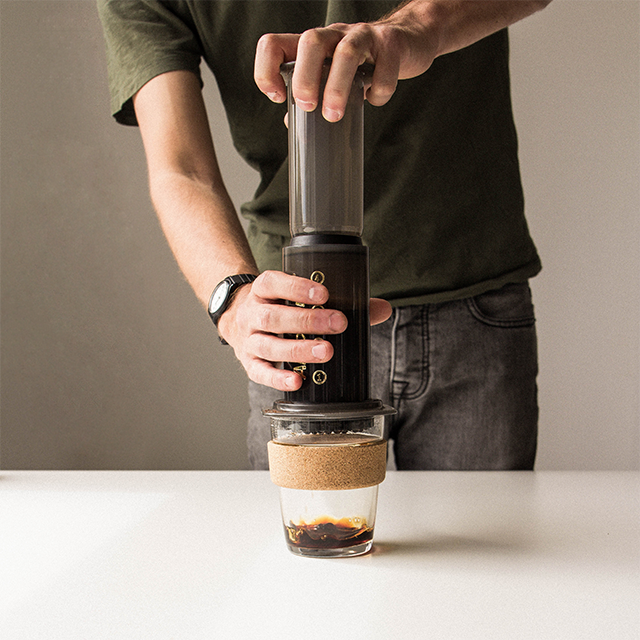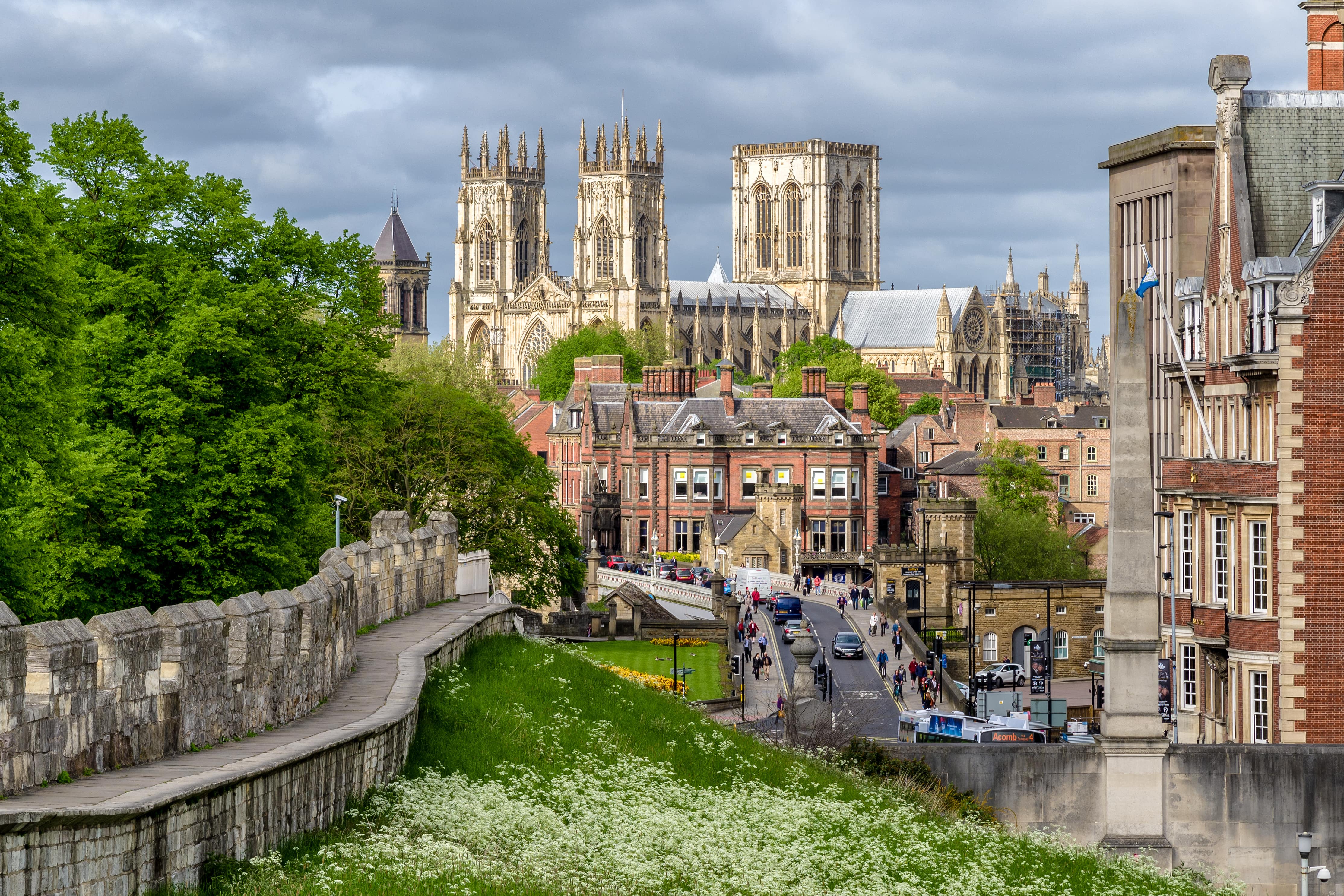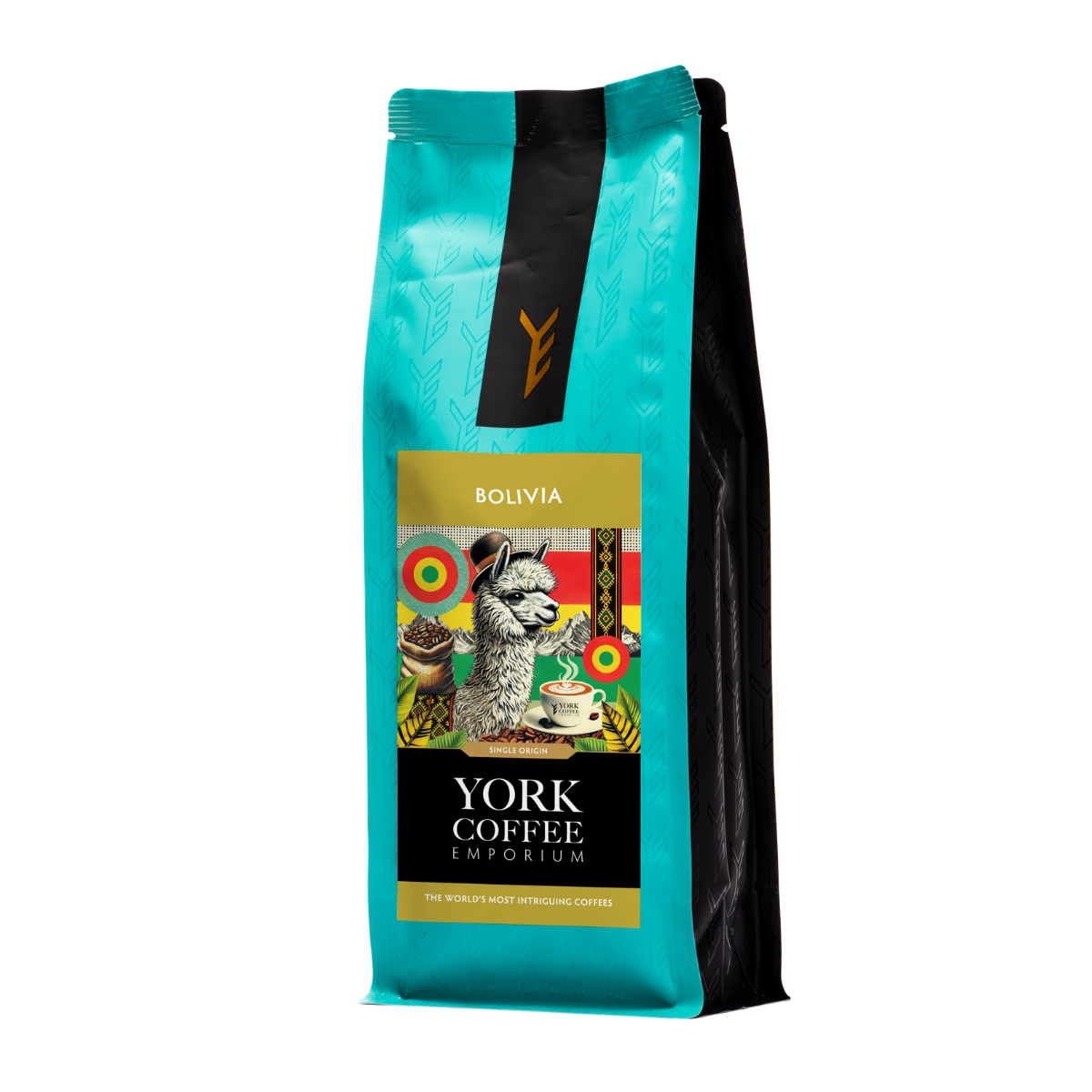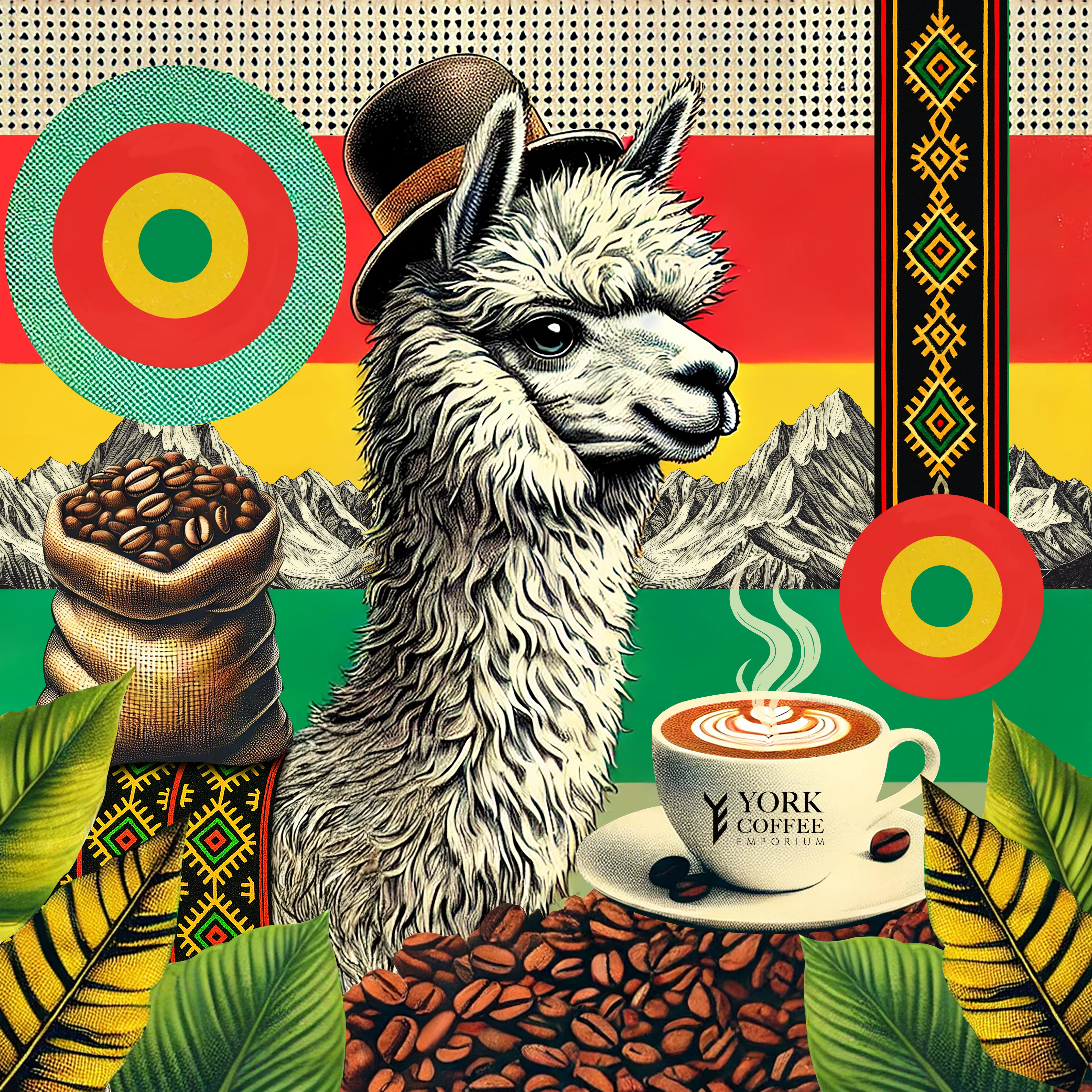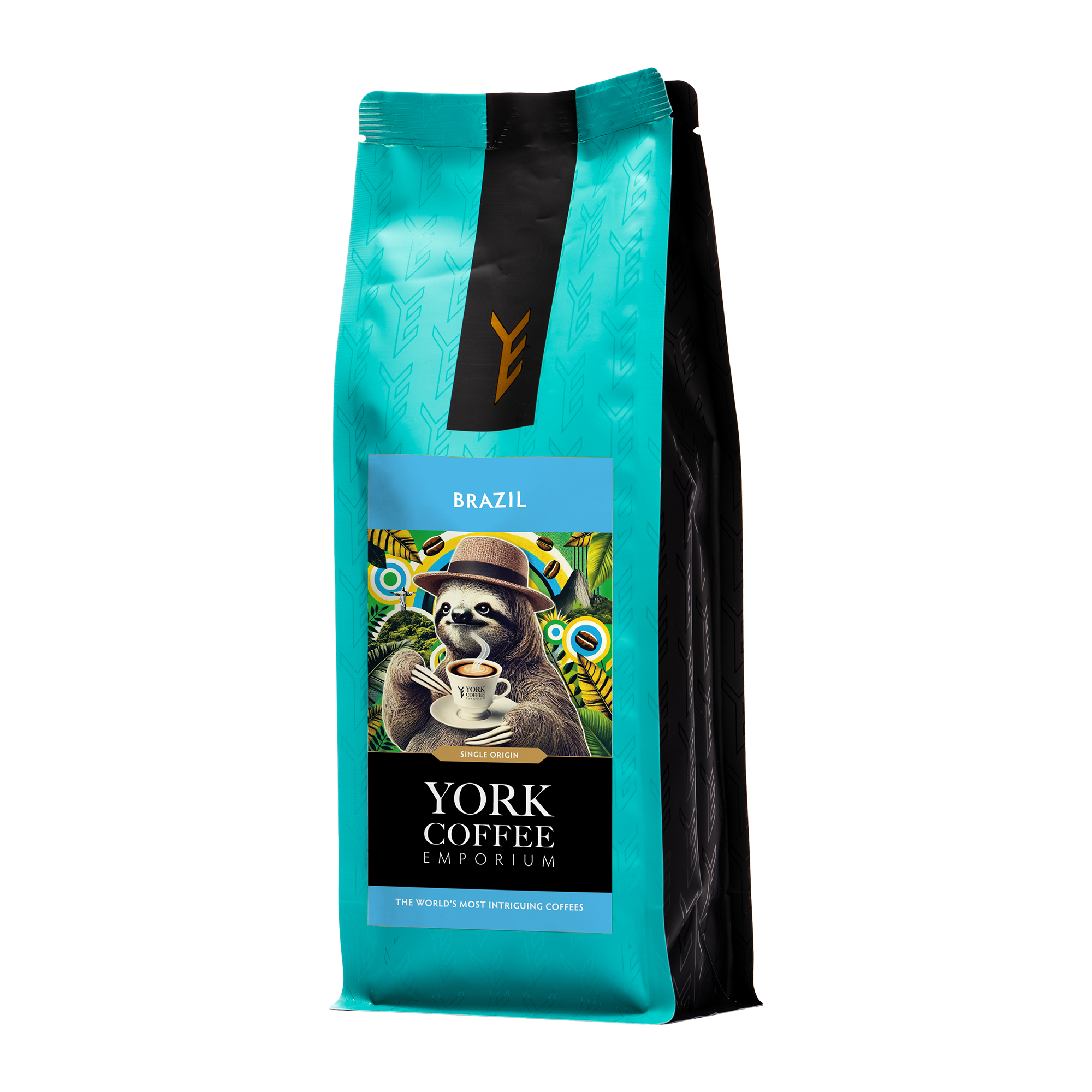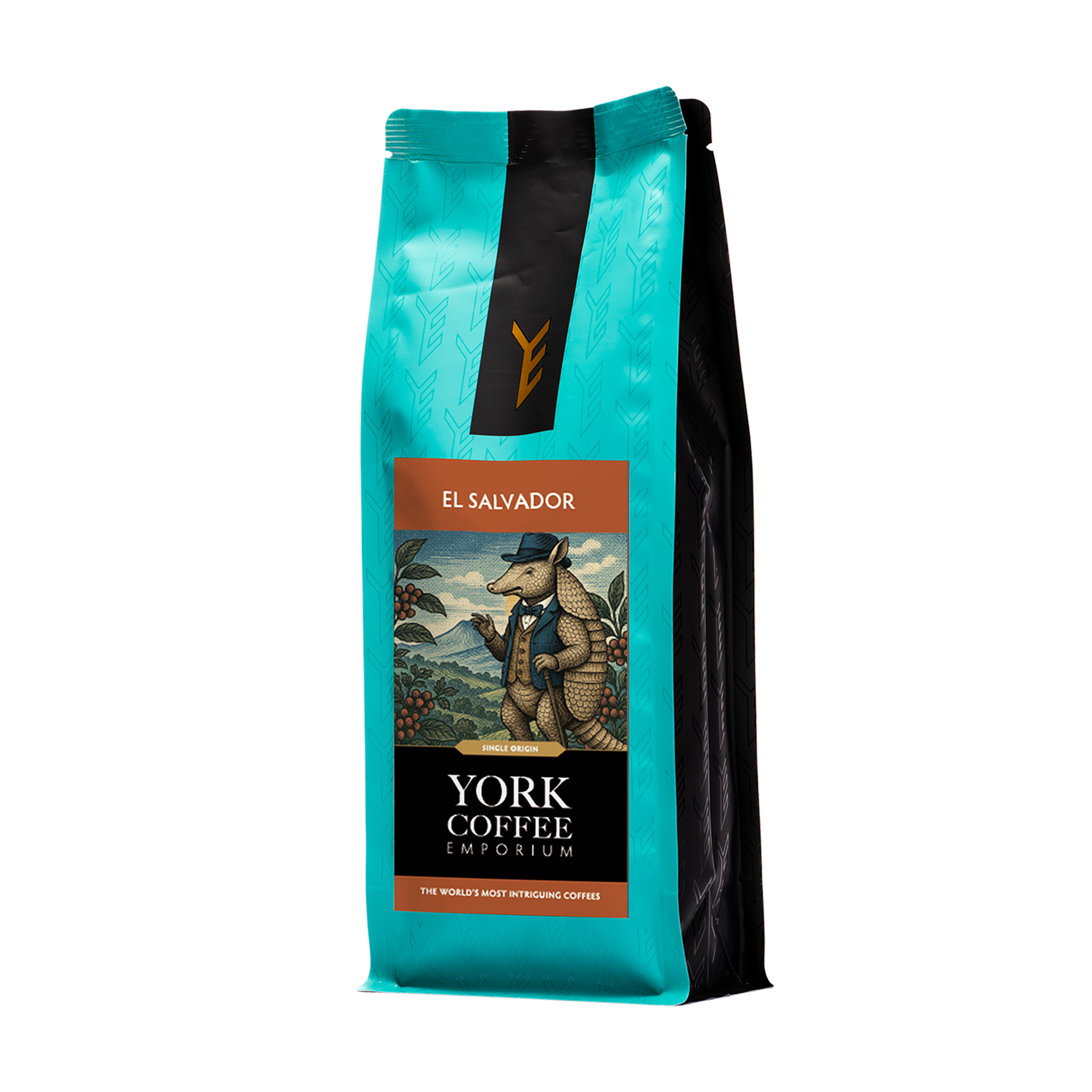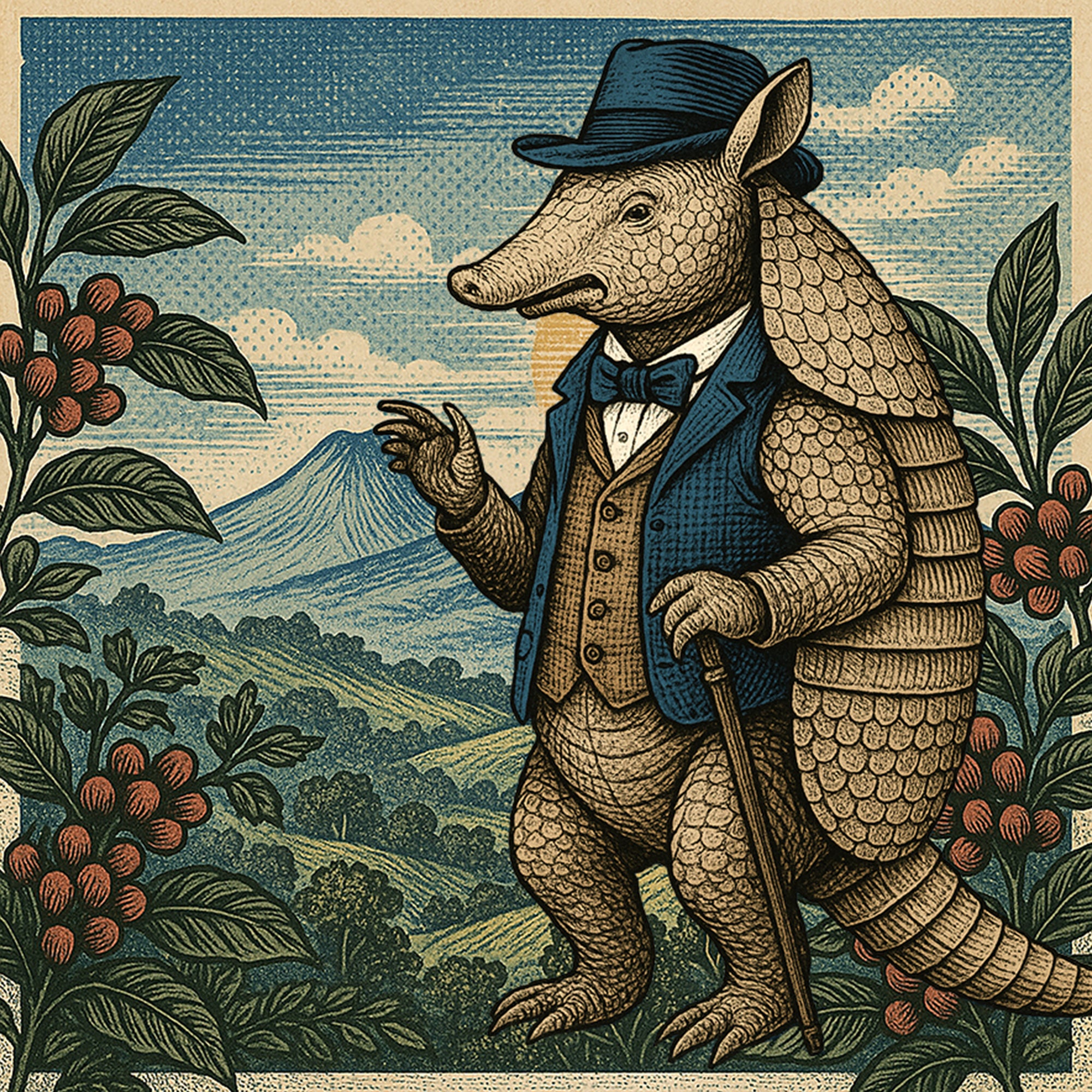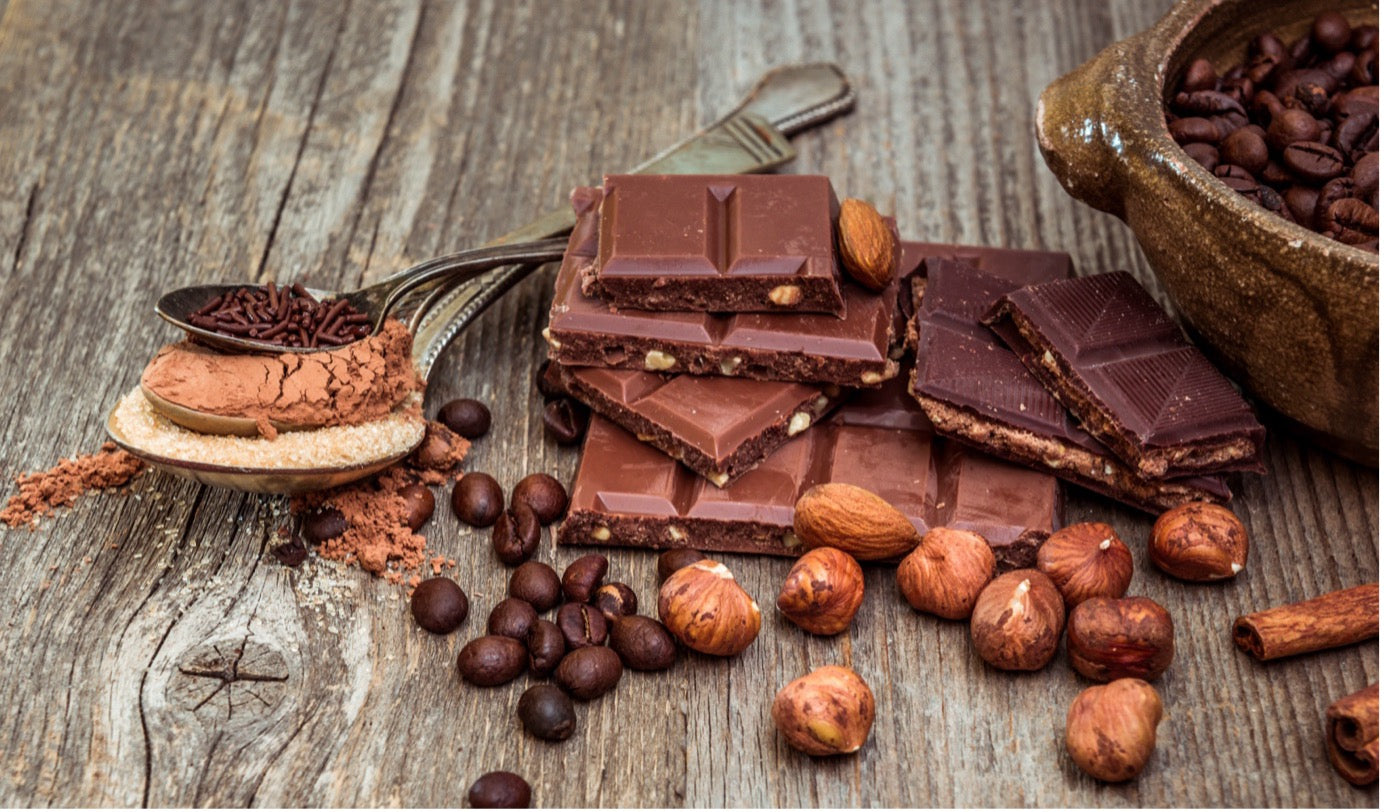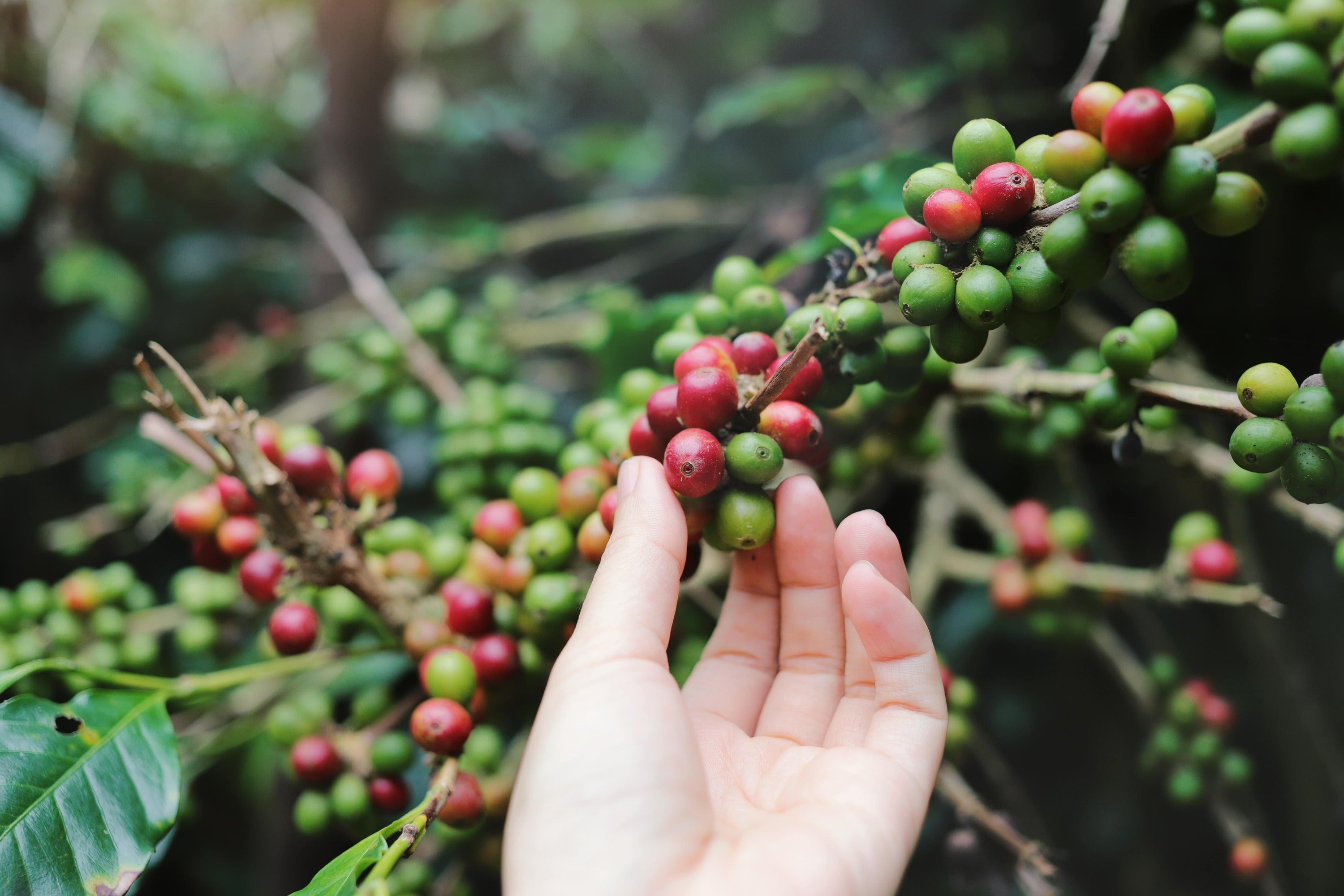
Arabica vs. Robusta Coffee Beans: What's the Difference?

The world of speciality coffee beans is rich with diversity, and at the heart of this diversity are two primary types of coffee beans: Arabica and Robusta.
Understanding the differences between these two single-origin coffee varieties goes beyond just preference. In this article, we'll take a deep dive into their unique characteristics, flavour profiles, cultivation methods, economic significance, and cultural roles in the global coffee industry.
Growing Conditions For Arabica Coffee Beans
Arabica single-origin coffee beans are often celebrated for its superior quality and delicate flavours. It typically thrives at heights between 600 to 2000 meters above sea level, often in regions with consistent rainfall and cool temperatures.
Countries like Colombia, Ethiopia, and Brazil are renowned for their Arabica varieties, where the coffee beans are cultivated on small farms under shaded trees. The main types of Arabica coffee include Typica, Bourbon, Caturra, and Catuai, but there are over 120 varietals in total, so there are plenty to explore!
Altitude and Climate Requirements
Arabica single-origin coffee beans require a specific altitude range for optimal growth. Higher altitudes contribute to slower maturation, which enhances the development of sugars and acids in the bean.
Environmental Factors
The cool, subtropical climates where Arabica thrives also ensure slower ripening of the cherries, allowing for a longer period of flavour development. Consistent rainfall and well-drained soil are also essential for Arabica's cultivation.
Growing Conditions For Robusta Coffee Beans
Robusta coffee is known for its resilience and strong flavour profile. It is primarily grown at lower altitudes, from sea level up to around 800 meters, in regions with warmer temperatures and less rainfall.
Countries like Vietnam, Brazil, and Indonesia are major producers of Robusta beans. As with Arabica coffee beans, there are a handful of standout Robusta varietals that you’ll typically find are more common, which are Erecta and Nganda. What’s more, there is an increasing number of hybrid sub-species that have appearing in recent years, further blurring the lines.
Resilience and Adaptability
Robusta beans are known for their ability to withstand harsher conditions. This resilience makes Robusta popular in regions where cultivation may be challenging.
Climate Tolerance
Robusta beans are typically less susceptible to pests and diseases, contributing to higher yields and lower production costs compared to Arabica.
Arabica Coffee Flavour Notes
Arabica speciality coffee beans are celebrated for their smooth, complex flavours and aromatic qualities. The flavour profile can vary significantly depending on factors such as altitude, soil composition, and processing methods.
Smoothness and Acidity
Arabica beans typically have a softer, more rounded acidity compared to Robusta. This acidity adds brightness and complexity to the coffee's flavour profile.
Nuanced Flavour Notes
Arabica beans offer a wide range of flavour notes, including fruity, floral, nutty, and chocolaty. These flavours are often more subtle and delicate.
Robusta Coffee Flavour Notes
Robusta single-origin coffee is known for its strong, bold flavour profile and higher caffeine content. While it may lack the complexity and subtlety of Arabica, Robusta has its own distinctive characteristics.
Earthy and Woody Notes
Robusta single-origin coffee beans often exhibit earthy, woody, and sometimes nutty flavours. These bold flavours contribute to its robust profile, making it a popular choice for espresso blends and instant coffee.
Bitterness and Caffeine Content
Robusta coffee contains about twice as much caffeine as Arabica, resulting in a more bitter taste. This higher caffeine content appeals to those seeking a more intense coffee experience.
The Economic and Cultural Significance of Arabica Beans
Arabica coffee beans are generally considered premium coffee beans due to their superior quality and more complex flavour profile. They command higher prices in the market and are often preferred by specialty coffee roasters and enthusiasts.
Market Demand and Premium Pricing
The demand is largely driven by its quality and diverse flavour profiles. Many specialty coffee shops focus extensively on Arabica beans to showcase unique processing methods.
Cultural Importance in Coffee Culture
Arabica beans are deeply intertwined with the cultural identity of coffee-producing regions. They represent tradition, craftsmanship, and a commitment to quality.
The Economic and Cultural Significance of Robusta Beans
Robusta beans, while traditionally considered a lower-grade coffee bean, play a crucial role in the global coffee industry. They are often used in blends, instant coffee, and as a cost-effective option for commercial coffee products.
Use in Commercial Coffee Products
Robusta's strong flavour and higher caffeine content make it a preferred choice for espresso blends. It provides boldness and crema in espresso shots and a quick, caffeinated burst.
Role in Global Coffee Production
Robusta beans are essential for ensuring global coffee supply and meeting diverse consumer preferences. They are integral to the economies of countries like Vietnam and Brazil.
Finding Your Favourite Speciality Coffee
The differences between Arabica and Robusta artisan coffee beans extend beyond taste preferences to include cultivation practices, flavour profiles, economic significance, and cultural roles in the world of speciality coffee. While Arabica is celebrated for its nuanced flavours and premium quality, Robusta offers robustness, higher caffeine content, and versatility in commercial coffee products.
Whether you enjoy a smooth, aromatic cup of Arabica or savour the boldness of Robusta, understanding these distinctions enhances appreciation for the diversity and complexity of coffee as a beloved beverage across cultures and continents.


